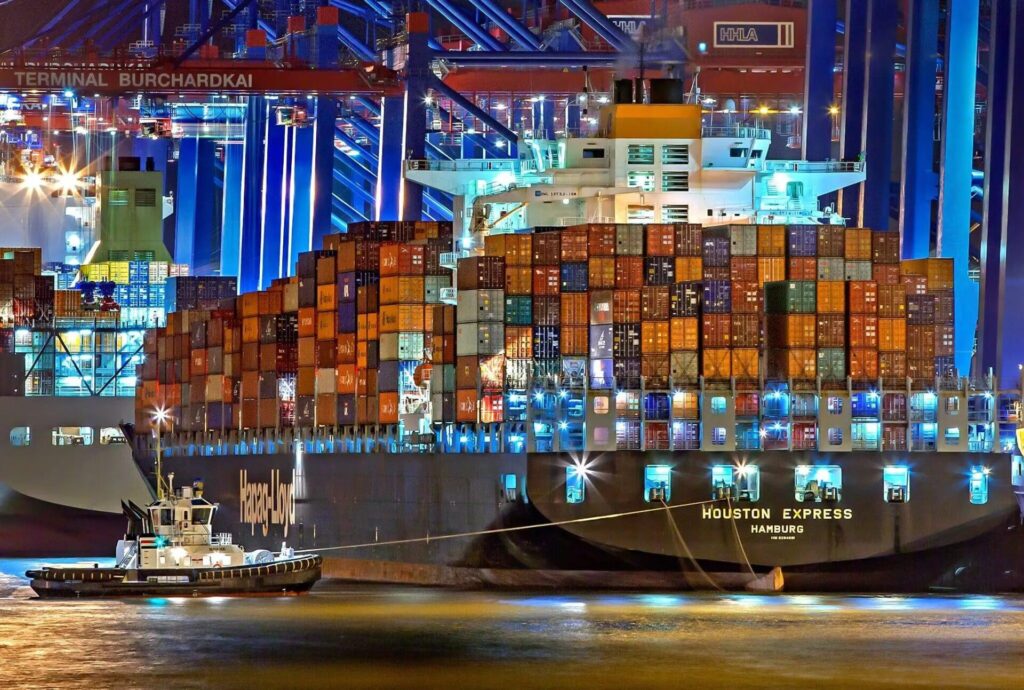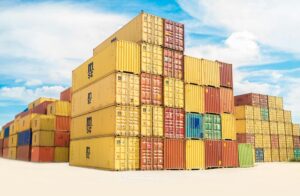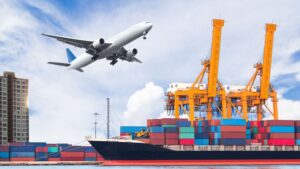The ocean freight industry plays a critical role in the global trade landscape, particularly on the route from China to India. As two of the world’s fastest-growing economies, the trade relationship between China and India is not only extensive but also crucial for both nations. This article delves into the importance of ocean freight on this route, examining various aspects such as the types of services available, factors affecting costs, necessary documentation, and more.
ocean freight from china to India
Understanding the China-India Trade Route
China and India have a long-standing trade relationship characterized by the exchange of a wide variety of goods. China exports electronics, machinery, textiles, and chemicals to India, while India sends agricultural products, textiles, software, and chemicals to China. This robust trade is facilitated primarily by ocean freight, which offers a cost-effective and reliable means of transporting large volumes of goods.
Types of Ocean Freight Services Available

Full Container Load (FCL)
FCL services are ideal for businesses that need to transport large quantities of goods. By booking an entire container, companies can ensure that their cargo remains secure and uncontaminated. This method is particularly cost-effective when shipping high-volume goods, as it maximizes the use of container space.
Less Than Container Load (LCL)
For businesses with smaller shipments, LCL services provide an economical alternative. Goods from multiple shippers are consolidated into a single container, allowing companies to share the costs of shipping. This service is especially beneficial for small to medium-sized enterprises looking to minimize shipping expenses.
Roll-on/Roll-off (Ro-Ro)
Ro-Ro services are used for transporting vehicles and machinery that can be driven or rolled onto the ship. This method is often utilized for the import and export of automobiles, heavy machinery, and other large wheeled items.
Break Bulk Shipping
When goods are too large or heavy to be transported in standard containers, break bulk shipping is used. This service involves shipping items individually, which are then loaded and unloaded piece by piece. It’s commonly used for oversized goods such as construction equipment and large industrial parts.
Factors Affecting Ocean Freight Costs

Distance and Route
The distance between the port of origin and the destination significantly influences the cost of ocean freight. Longer distances generally lead to higher costs due to increased fuel consumption and longer transit times.
Type and Size of Cargo
The nature of the goods being shipped, including their weight and volume, directly impacts shipping costs. Heavier and bulkier items require more space and resources, leading to higher charges.
Seasonal Demand
Shipping costs can fluctuate based on seasonal demand. Peak seasons, such as the months leading up to major holidays, often see increased freight rates due to higher demand for shipping services.
Fuel Prices
Fluctuating fuel prices can also affect ocean freight costs. As fuel is a major expense for shipping companies, any significant changes in fuel prices are usually reflected in the shipping rates.
Port Fees and Surcharges
Different ports have varying fees and surcharges, which can add to the overall cost of shipping. These may include terminal handling charges, customs fees, and security surcharges.
Documentation Required for Ocean Freight

Bill of Lading (BOL)
The Bill of Lading is a crucial document that serves as a receipt for the goods shipped and a contract between the shipper and carrier. It details the type, quantity, and destination of the goods being transported.
Commercial Invoice
This document provides a detailed account of the goods being shipped, including their value, and is used for customs clearance. It is essential for determining import duties and taxes.
Packing List
The packing list itemizes the contents of each package within the shipment. It aids customs authorities in verifying the cargo and facilitates efficient handling and transportation.
Certificate of Origin
A Certificate of Origin certifies that the goods being shipped are manufactured in a specific country. It is often required by customs authorities to determine the applicability of trade agreements and import tariffs.
Import/Export Licenses
Depending on the nature of the goods, specific import or export licenses may be required. These licenses ensure that the trade complies with national regulations and international trade agreements.
Choosing the Right Shipping Container

Standard Containers
Standard containers, available in 20-foot and 40-foot sizes, are suitable for most types of cargo. They are versatile and widely used for shipping general goods such as electronics, textiles, and machinery.
Refrigerated Containers (Reefers)
For perishable goods that require controlled temperatures, refrigerated containers are essential. They maintain a consistent temperature throughout the journey, ensuring that products like food, pharmaceuticals, and chemicals arrive in optimal condition.
Open-Top Containers
Open-top containers are used for oversized cargo that cannot fit into standard containers. They are ideal for machinery, construction materials, and other large items that require special handling.
Flat Rack Containers
Flat rack containers are designed for heavy and oversized cargo that needs to be loaded from the top or sides. They are often used for transporting vehicles, heavy machinery, and industrial equipment.
Tank Containers
For transporting liquids and gases, tank containers are the best option. They are designed to carry a variety of liquids, including chemicals, food-grade products, and industrial liquids.
Customs Clearance and Import Duties

Customs Procedures
Efficient customs clearance is vital for smooth trade operations. It involves the verification of documentation, assessment of duties and taxes, and inspection of goods to ensure compliance with regulations.
Import Duties and Taxes
Import duties vary based on the type of goods and their country of origin. India imposes various tariffs and taxes on imported goods, which must be accurately calculated to avoid delays and additional costs.
Harmonized System (HS) Codes
HS Codes classify goods internationally and are used by customs authorities to determine applicable duties and taxes. Accurate classification is crucial for compliance and to prevent issues during customs clearance.
Bonded Warehouses
Using bonded warehouses can help manage customs duties. Goods stored in these facilities are not subject to import duties until they are released for sale, offering financial flexibility to importers.
Shipping Insurance for Ocean Freight
Importance of Insurance
Shipping insurance is essential to protect against potential losses or damages during transit. It provides financial coverage for various risks, including accidents, theft, and natural disasters.
Types of Shipping Insurance
All-Risk Coverage
This comprehensive insurance covers all risks of loss or damage to goods during transit, except for specific exclusions outlined in the policy. It is suitable for valuable and sensitive cargo.
Free of Particular Average (FPA)
FPA coverage offers protection against significant losses, typically excluding partial losses unless caused by specific perils like sinking, collision, or fire. It is a more limited form of insurance compared to all-risk coverage.
General Average
General average is a principle in maritime law where all stakeholders in a sea venture proportionally share any losses resulting from voluntary sacrifices made to save the voyage. It ensures that all parties contribute to covering the losses incurred.
Choosing the Right Insurance
Selecting the appropriate insurance depends on the value of the goods, the nature of the cargo, and the level of risk involved. Consulting with insurance experts can help determine the best coverage for specific shipping needs.
ocean freight from china to India





